A Backyard Adventure in Hydroponics: The Ups and Downs of Growing Plants Without Soil
You know that moment when inspiration hits you like a lightning bolt? That was me a few summers ago, sitting on my porch sipping lemonade, dreaming about fresh tomatoes and basil, all while thinking about how little space I have in my tiny yard. Then, like a bolt from the blue, I stumbled upon the idea of hydroponics—growing plants without soil. I was hooked. Little did I know this journey would be full of mishaps, epiphanies, and yes, even a few dead fish.
The Grand Plan
My first step was a Pinterest binge—an endless scrolling adventure through beautiful pictures of home aquaponics systems. With more enthusiasm than sense, I decided to go for a combination of hydroponics and aquaponics. "It just makes sense," I told my wife, who shot me a look that said, “Let’s not set the house on fire, please.” I sketched out my design on a napkin, thinking of every feature I’d seen, and imagined a lush, green backyard oasis, complete with vibrant fish gliding through the water.
I gathered materials from the shed: some old PVC pipes, a 55-gallon drum I found at a junkyard, and yes, that half-broken pump I had shoved in the corner. I felt like a mad scientist in my makeshift laboratory.
Holy Smokes, the Smell!
So there I was, elbow-deep in a mix of enthusiasm and a little bit of dread. I cut the PVC to create a lettuce-growing channel and attached it to the drum for the fish tank. Many hours later, I finally filled the tank with water, dropped some fish food in, and—you guessed it—the smell hit me. Oh boy, did I miscalculate. That initial whiff made its way up into my nostrils like a toxic cloud, sending me scurrying to grab the bleach to see if I could somehow combat the aquatic funk.
For my fish, I decided on goldfish. They seemed hardy enough to survive the process. Plus, they were cheap and could swim around while I pondered my fate in this endeavor. I didn’t know that they’d become my little aquatic avatars. After a day in their new home, blissfully unaware of the chaos to follow, I felt pretty proud—until I noticed the water looking decidedly slimy and green.
The Great Green Disaster
I thought I’d nailed it. Turns out, I had simply created a luxurious algae spa for my new finned friends. My heart sank when I noticed that my lettuce seedlings, nestled quietly in their channels, looked decidedly worse for the wear. I could almost hear them whisper, "What fresh horror is this?"
Hours were spent on late-night YouTube dives, trying to decipher the secrets of water aeration and balancing nutrients. I invested in an air pump, thinking it would whip my system into shape. The next day, the bubbles from the pump were delightful. The fish seemed to dance, and I conjured visions of salads that didn’t involve supermarket trips.
Almost Giving Up
But life has a funny way of testing resolve, huh? Just when I was about to taste the sweet fruits (or veggies) of my labor, my pump gave up. I could feel my inner inventor ready to throw in the towel. This was the third time I’d thrown something at the wall (figuratively, of course). “Maybe you should just stick to planting things in the ground,” a nagging little voice whispered to me.
And then, tragedy struck. One busy afternoon, I checked everything only to find two little goldfish floating, belly up. A pitiful end to my fishy companions. As I fished them out—pun intended—the tears of guilt and frustration poured out. I nearly tossed in the towel and strutted back to watching TV, but my stubbornness kicked in.
Lessons Learned in the Fowl Smell
It’s hard to believe, but those setbacks turned into lessons. I read up on balancing hydroponic solutions and realized that plants can thrive without soil because they get everything they need delivered right through water—their roots bathe in a nutrient-rich elixir. I learned about pH levels, dissolved oxygen, and how to combat algae without sending the fish to an early grave.
After much failure, I took a look at my lettuce plants—those resilient little things that should’ve withered away. They were actually thriving, reaching out for the light as if they were saying, “We got this!” And they did. I swear some days they seemed to smirk at me.
New Beginnings
Fast forward a few months, and while I won’t claim I was a pro, I had a more functional system. I replaced the goldfish with some tilapia, much to my wife’s chagrin. "You do realize we’re going to eat those someday, right?" she chided while I just held my breath, praying they’d survive longer than the last batch.
You know what? They did. We harvested our first tomatoes. It was a humble little crop, but I stood there in the backyard feeling like a king. Tomatoes fresh from my aquaponics system tasted ten times better than any store-bought fruit I could remember. I finally got it—plants don’t drown, but they do require more attention than I initially thought.
The Heart of It All
If there’s one takeaway from my little backyard adventure, it’s this: If you’re thinking about diving into this, don’t stress about getting it perfect. Just start. Your journey will be messy, chaotic, and maybe even a little smelly, but it’ll lead you somewhere beautiful if you’re willing to learn as you go.
Join the next session, and don’t let fear hold you back. Let’s grow something together, one leafy vegetable at a time! Join here.
Because honestly, in a world like this, who wouldn’t want a little slice of green paradise?

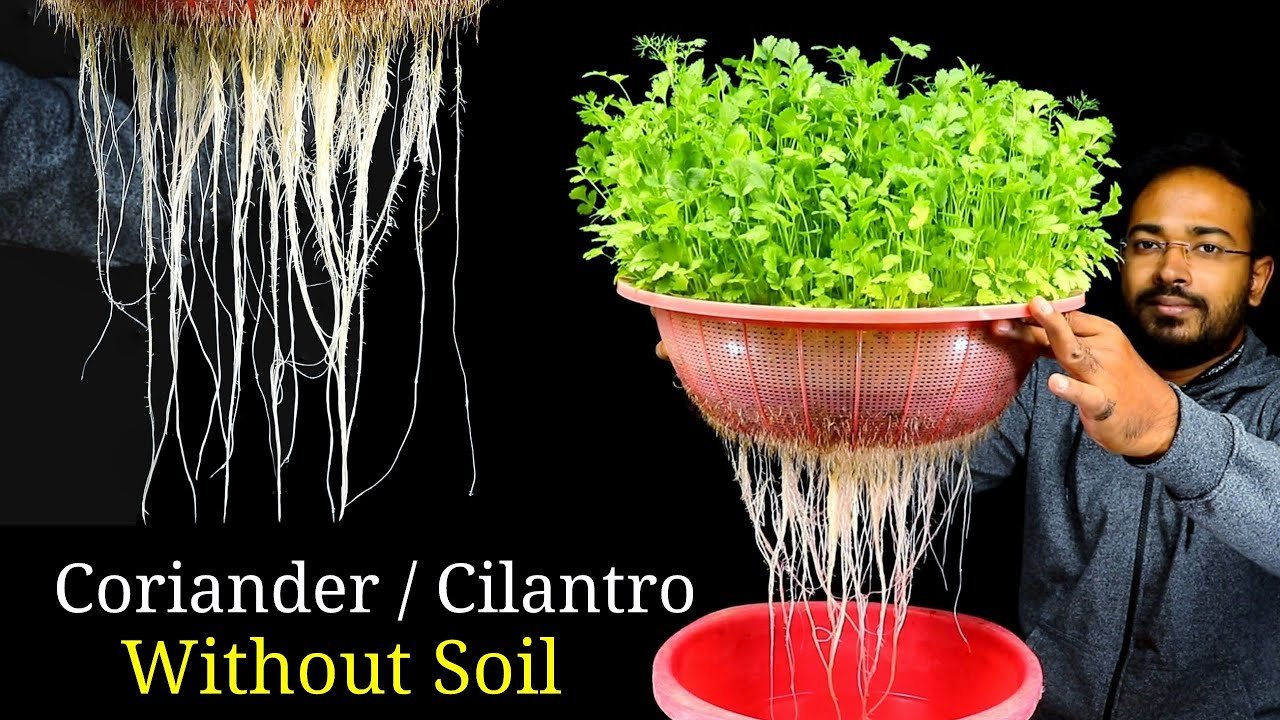
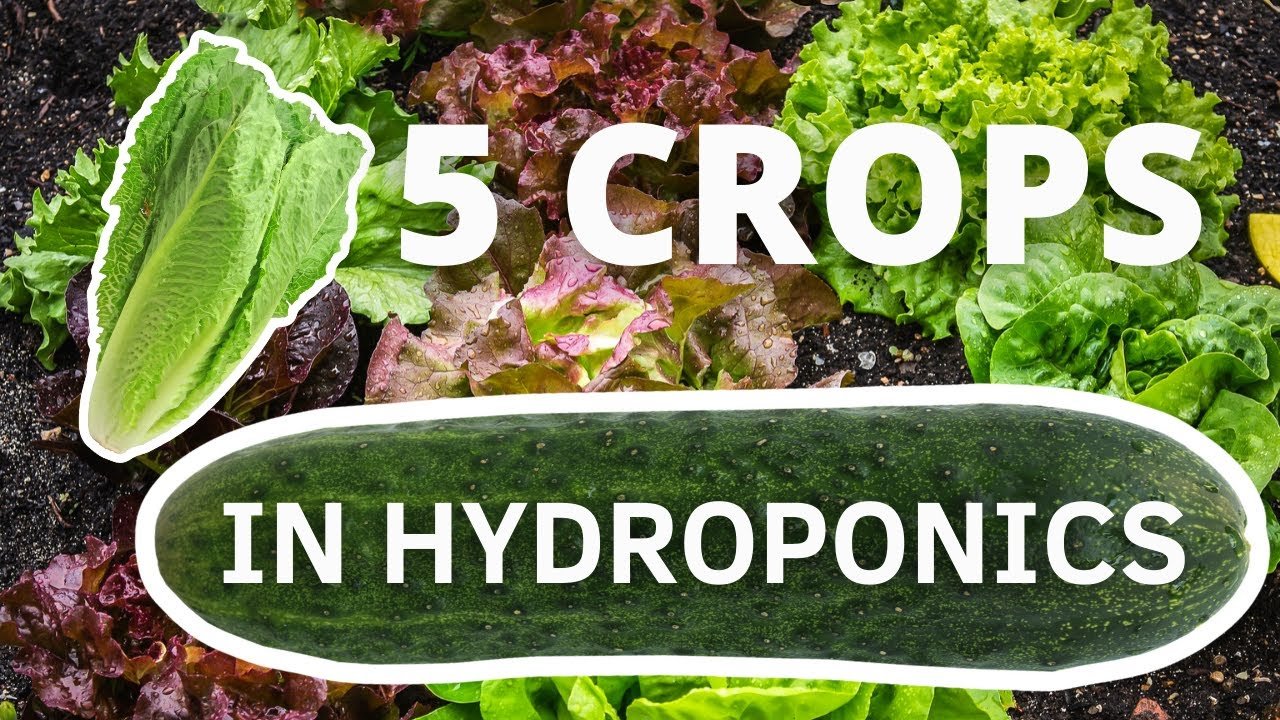
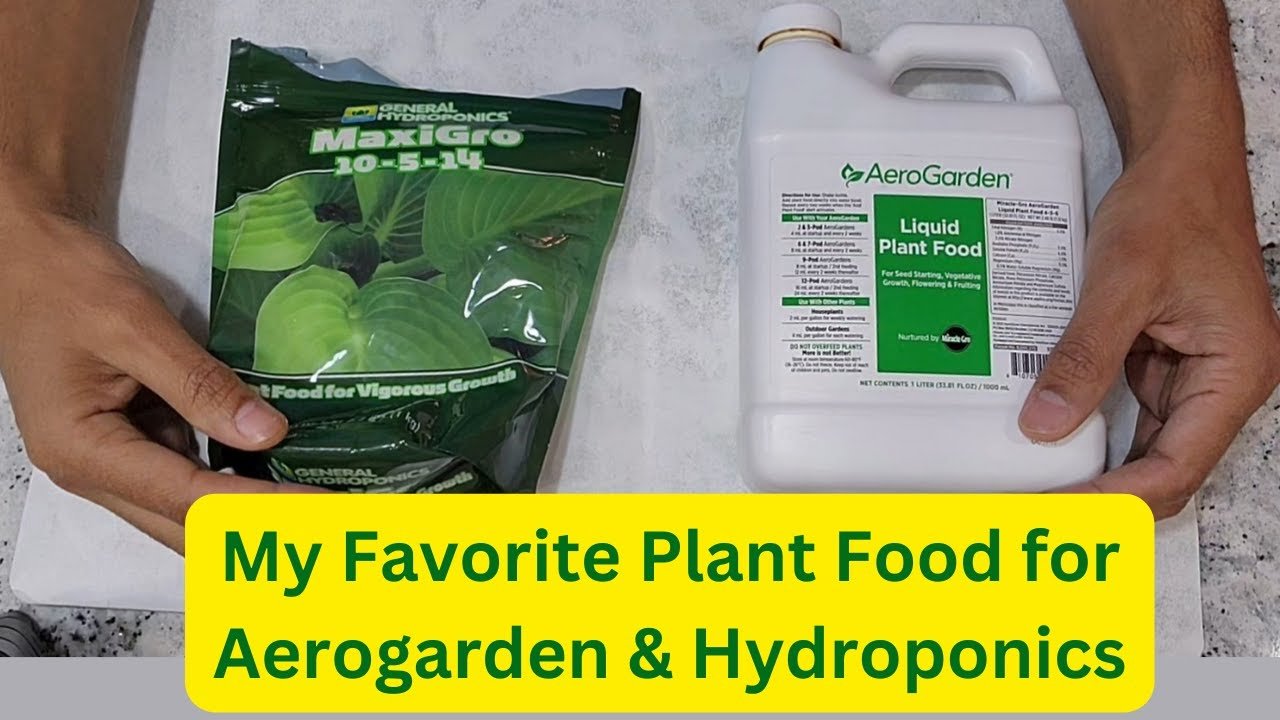
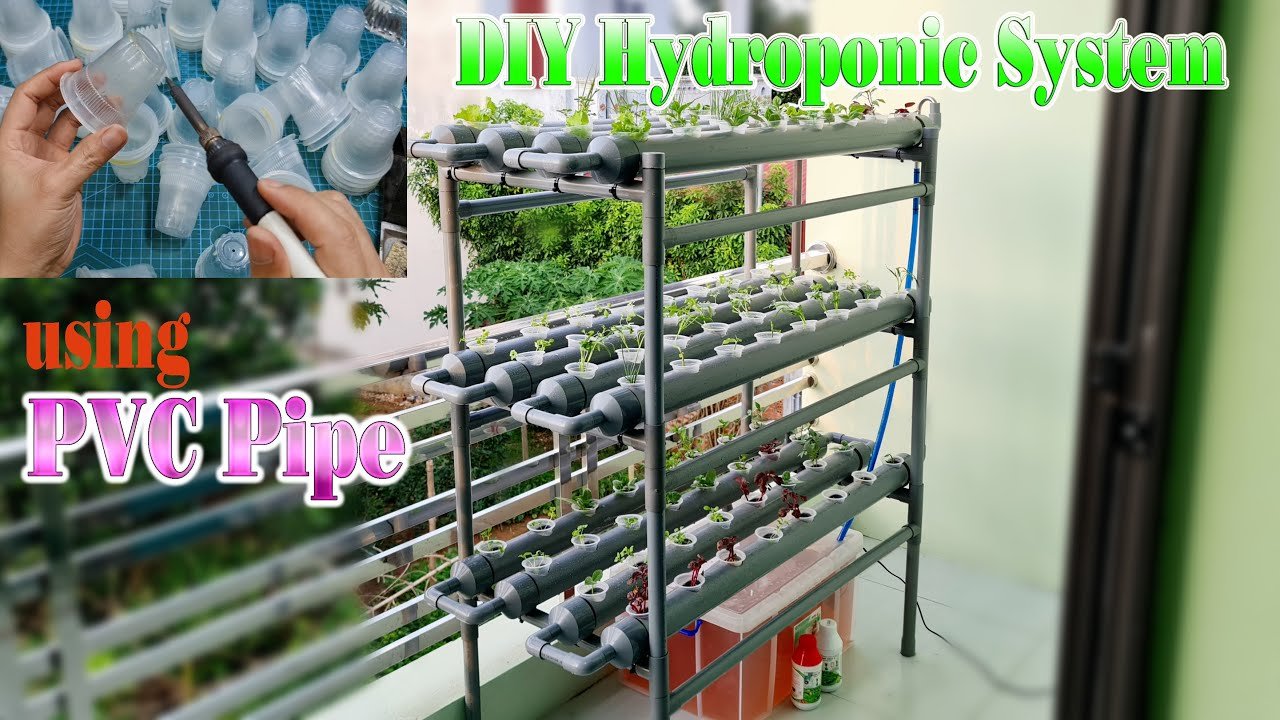
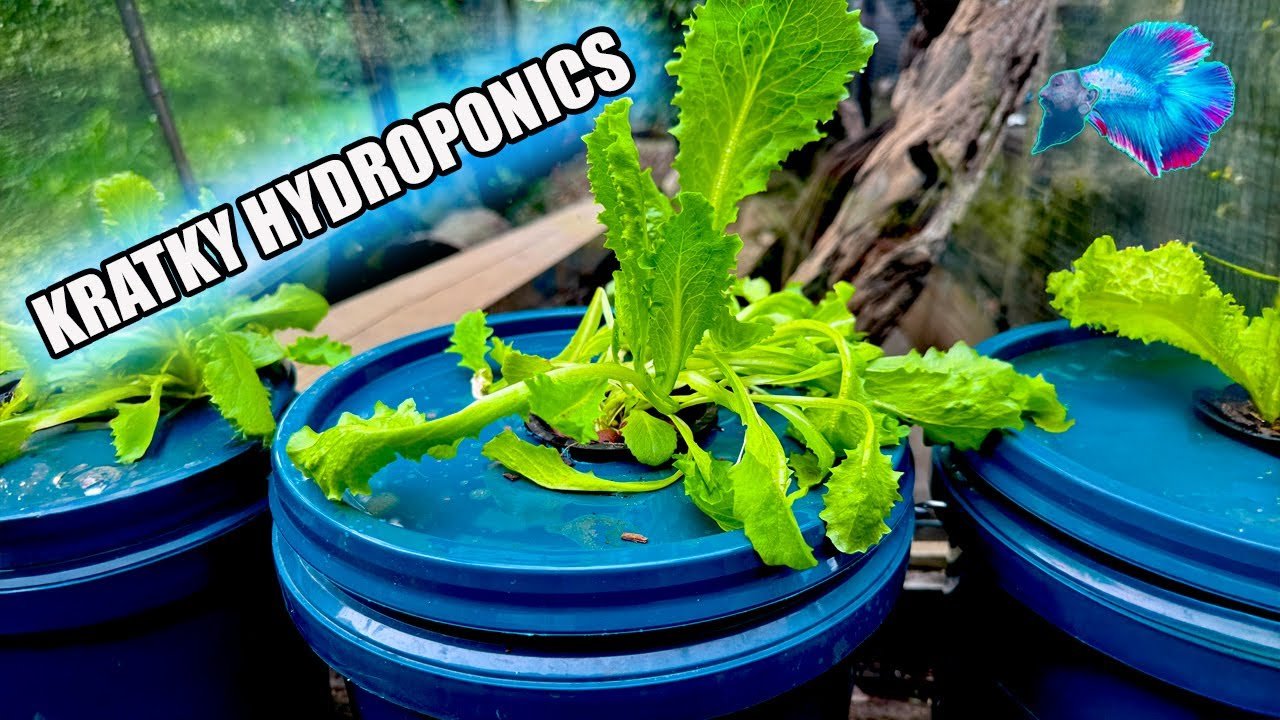
Leave a Reply